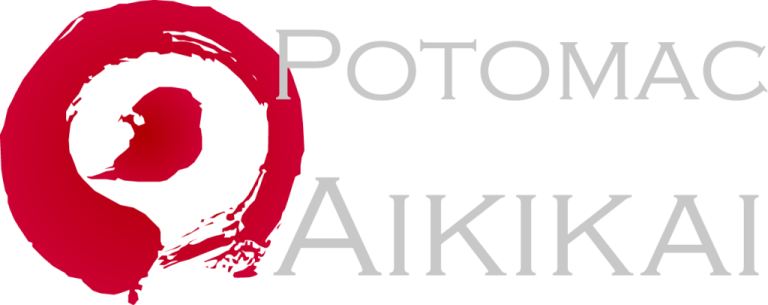Aikido
"Aikido is not a fighting system. It is a way to condition the mind and the body".
Aikido is a system of training that has continually evolved since it was inspired by Morihei Ueshiba Sensei in Japan around 1930. Ueshiba (1883-1969) was a student of Sokaku Takeda (1859-1943), the foremost Daito-ryu jujutsu exponent of his time. Ueshiba derived Aikido largely from Daito-ryu as well as other martial systems, incorporating a philosophy of oneness.
Visually aikido can be identified by it's execution of throws, pins, and unique body movement. What is not seen by the naked eye is it's efficient use of the body to focus ones power. That efficiency is based on the following principles: timing, distance, posture, relaxation, absorption, extension, breath, and centering.
Morihei Ueshiba O'Sensei
Training Method
Since aikido is a budo or martial way, there are no competitions. Aikido training affords each person an opportunity to look deep inside themselves to improve their character, spirit, and physical conditioning.
Aikido is handed down from teacher to student through the body. This is called direct transmission. That being the case, the training at Potomac Aikikai is vigorous. New members can expect to spend a great amount of time developing flexibility and conditioning the body by taking ukemi, which is the art of receiving your partners energy. This involves learning to safely fall, roll, and commit to an attack. We place a great deal of importance on the concept of connection; connection to your partner, the environment around you, and most importantly being connected to yourself.
Aikido is a lifelong process and proficiency takes time.



